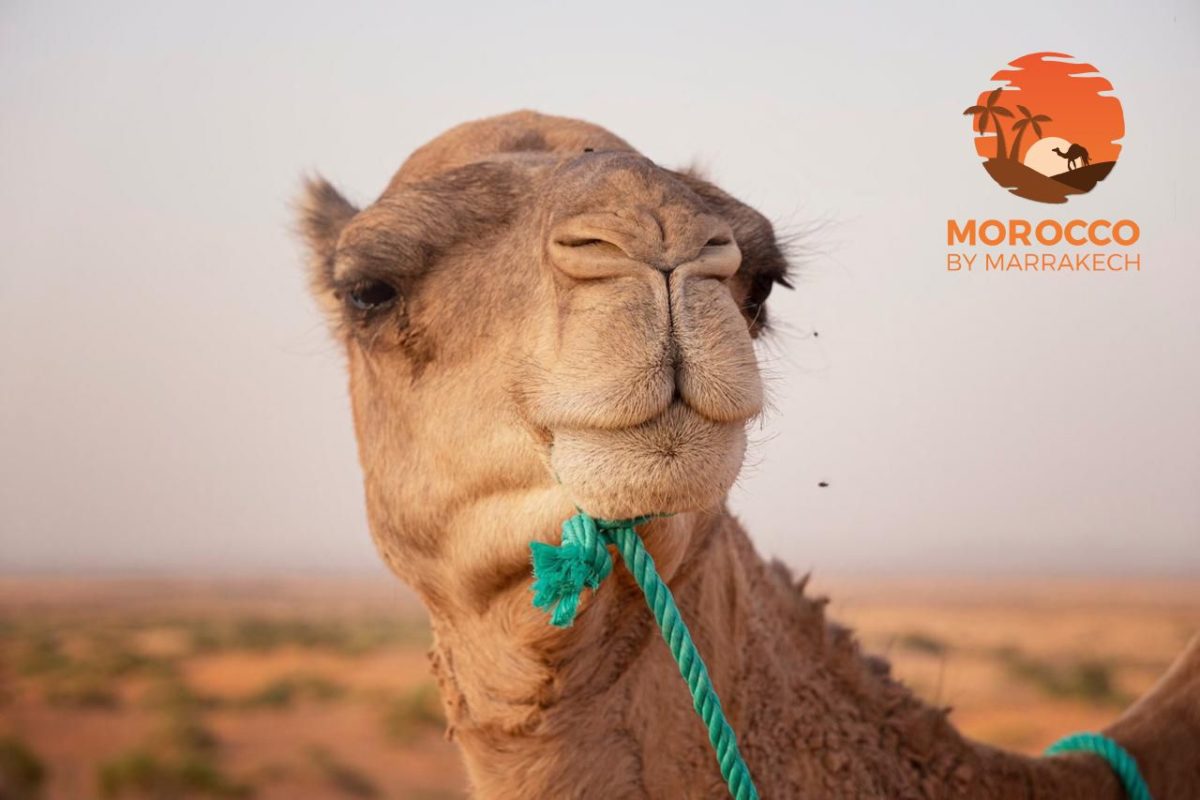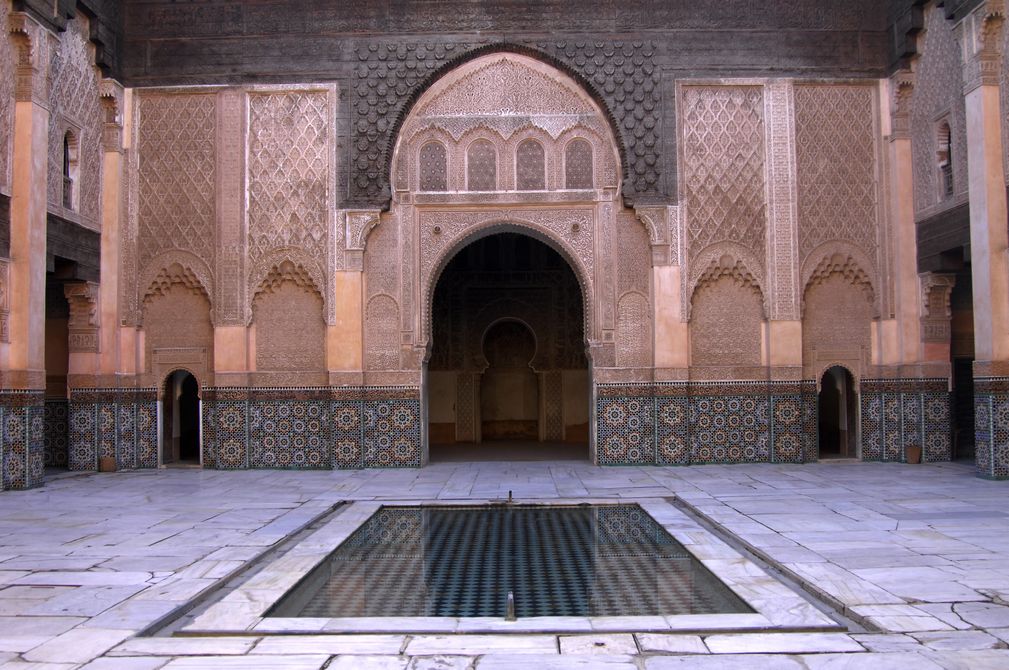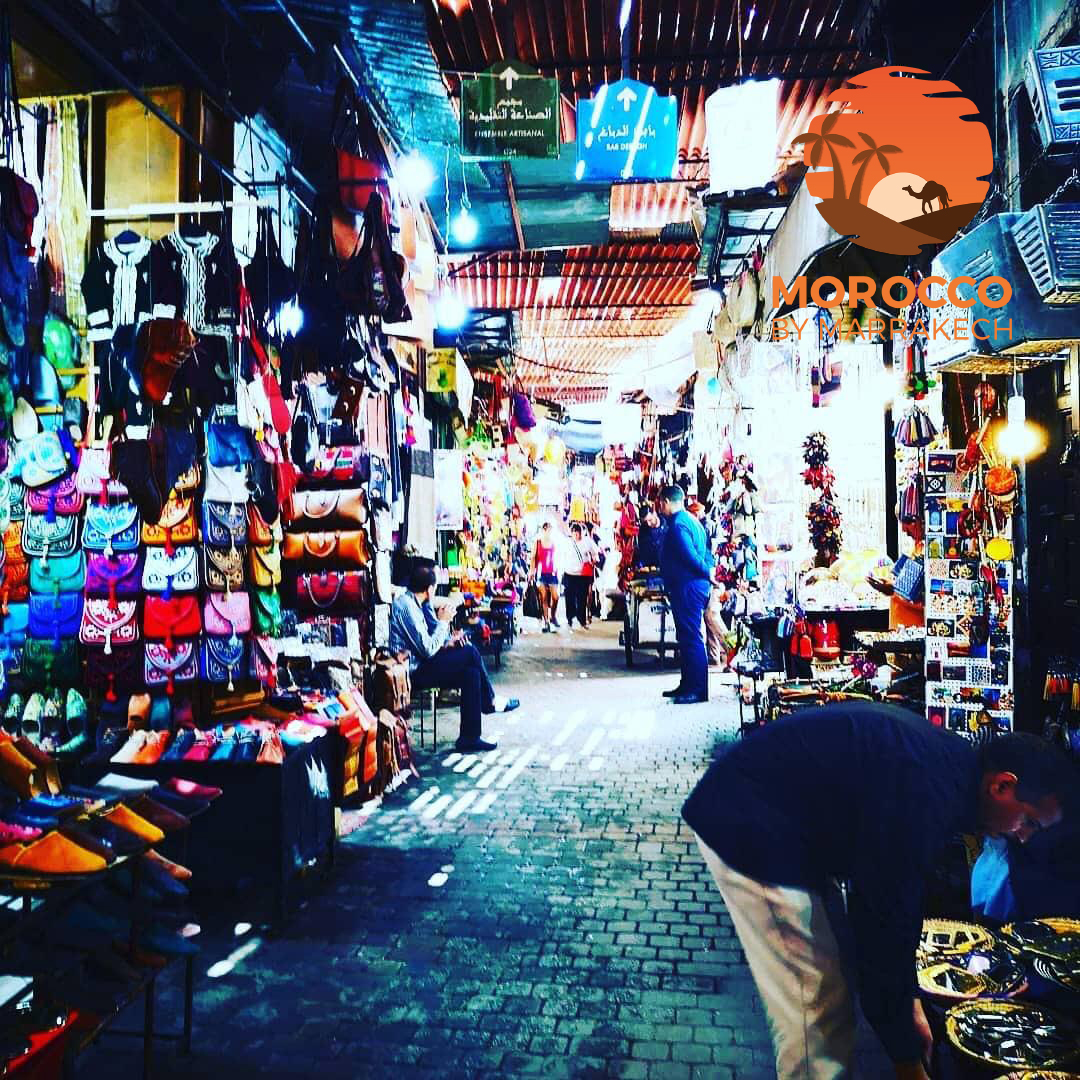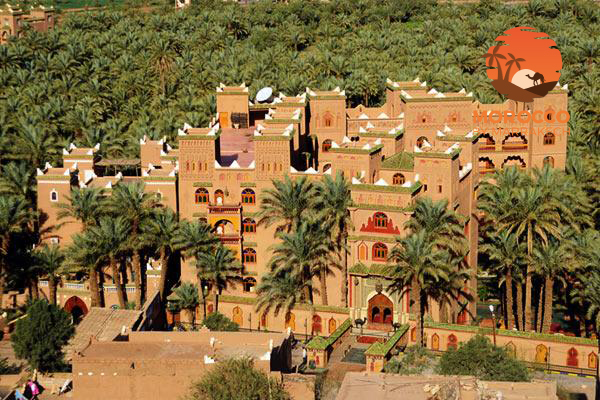The Sahara desert is magnificent and majestic, its beauty enraptures us no matter what, leaving us light-headed. In this article we give the floor to Tahar Ben Jelloun who often speaks of it in his novels and tales, because his words effectively describe the emotions evoked when faced with the Sahara desert in all its majesty.
“…. The beauty of the Sahara is an enigma. Countless dunes, immensity for as far as the eye can see, changing horizons and perennially evocative light. Talking about the Sahara is like opening an old manuscript and delving into a fantastical tale. It is an illegible book because as soon as words are impressed onto it, they are blown away by the first gust of wind. The storm then erases everything and tidies up the mess, the sand never stays still for a moment. It redesigns the landscape in a state of constant transformation, never static.
There is the beauty of the day and that of the night. The sun is the artifice of both. The sun at dawn which manifests itself in its sublimity, just as it does at dusk, painting the sky in an array of colours. It is so violent at midday that nobody dares face it. This is the time of solitude, prayer, reflection. (…) Light and its shades. Light and its musicality. Light and its ephemeral tones. And then there’s the night and the starry sky, a festive night. The night with its freezing air, the night and its biting cold which eludes comparison with the one which falls over the city. And then in the morning the dawn is offered onto us by this dark night, studded by countless stars which shine for all eternity.
Immortality has something in common with the desert. Both are characterised by absoluteness, clarity, silence and profound solitude. It is no coincidence that in this immensity, human arrogance fades away and brotherhood become a natural state. It is no coincidence that inhabitants of the desert who migrate to the city feel unhappy and ill-suited.
(…) On the edge of the desert, something surreal moves along the bottom of the air. (…) Here there is no place for haste or impatience, two vices of city life. One must learn how not to wait for anything, how to do nothing, return to oneself and isolate oneself in one’s own shell, regardless of its consistency. One must take time as it comes, bow to its rhythm and mood. This is how we learn the gift of gratitude, we enter beautiful slowness where humility is the only rule.”
From Morocco, a novel by Tahar Ben Jelloun
Month: December 2019
MEDERSA BEN YOUSSEF – MARRAKECH
The Medersa Ben Youssef is simply one of those things that you must not miss during your stay in Marrakesh. It is an ancient Koranic school and one of Morocco’s rare religious monuments which is also open to non-Muslims, a remarkable example of the city’s Arabic-Andalusian architecture.
It was founded in the 14th century under the Merenidi dynasty and owes its splendour to the Saadi sultan Moulay Abdellah, also known as Abdallah el-Ghalib, “the most glorious Caliph”, as it is printed on a plaque at the entrance. He commissioned the medersa in the 16th century and since then it became one of the most famous examples in the Maghreb. During its golden age it peaked at a capacity of over 900 students. On the first floor you can still visit their small rooms, 132 cells, barely 3 square metres each, with windows facing the internal courtyard and views of the neighbouring Mosque’s green roof.
The Koranic school features a splendid internal courtyard: Carrara marble floors and basins, walls covered in decorations, balconies embellished with moucharabieh, carved calligraphy, stuccoes, mosaics… Arabic-Andalusian decorative art culminates in a profusion of zellij and details which may even seem excessive, but not here. Arabesque and other decorations continue for as far as the eye can see, overwhelming the admirers of these masterpieces. Its decorative exuberance is tempered by the exquisite refinement of its delicate palette. The pale pink of columns, pearl white and dove-grey stuccoes, the soft tonalities of cedar wood… a truly unmissable sight!
THE HAND OF FATIMA OR KHAMSA
The “Hand of Fatima” or “Khamsa”, which can be found in souks all around Morocco, be it metallic, ceramic, coloured or made from camel bone, is a very wide spread talisman. Khamsa means “five” and refers to the 5 fingers of the hand. Khamsa is an amulet which is typical of both the Islamic and Jewish religion.
For Muslims it is a symbol of faith, seriousness, patience and temperance. Legend has it that Fatima, prophet Mohamed’s daughter, became jealous because her husband had decided to take a concubine.
Upon seeing the two of them in each other’s company, Fatima was so overcome by grief that she didn’t even notice she had plunged her hand into some boiling water. She only felt the painful burns after, although the presence of another woman alongside her husband hurt even more. In the end her husband realised just how strong his love for Fatima was and decided to renounce the concubine. For Muslims the “Hand of Fatima” is a powerful amulet against the evil eye and negative influence in general.
The number five is also a reminder of the pillars of Islam which are: the testimony of faith, prayer, pilgrimage to Mecca, Zakat (support for the needy) and fasting. For Shiites the five fingers of Khamsa represent the members of the sacred family: Mohamed, Fatima, Ali, Hussein and Hassan.
In the Jewish religion the amulet is called the “Hand of Myriam”, sister of Aronne and Moses. In this case the number five is associated with the number of books of the Torah, the Pentateuch: Genesis, Exodus, Leviticus, Numbers, Deteronomy.
The origins of this symbolism are even more ancient and yet to be fully discovered. Similar symbols of protection are known to have existed in Mesopotamia and even in Buddhism, through the numerous gestures of Buddha.
Today this object is mostly decorative and mainly featured on jewellery; it can be worn with the point facing upwards or downwards. According to some the stone in the middle of Khamsa represents the eye of Allah who watches over worshippers.
BERBERS: A UNIQUE POPULATION – Morocco
They call themselves “Amazigh”, meaning “free man” and prefer this term to “Berber”, which derives from Arabic and was coined to denote them as “barbarians”, uncouth, ignorant. “Amazigh” (imazighen in the plural) also bears reference to the fact that this population did not succumb to Islam. In this case it was a matter of choice. They have inhabited the Maghreb since the dawn of human civilisation, from Morocco to Egypt, with their own geography and history, rarely involved or considered in political decisions. They are not an ethnic group in the strictest sense of the term, they are rather different groups with one language and various dialects, without a specific way of life: they may be nomads or farmers, rich merchants in cities or inhabitants of villages nestled in the mountains, just like all Moroccans. However they all have a striking awareness of having been here since the dawn of time, as the country’s earliest inhabitants. It is truly remarkable how 1400 years after the arrival of the first Arabic armies, the language has remained not only so wide spread, but also the native tongue among a considerable proportion of inhabitants, especially in rural areas. The origins of this people go back to Prehistoric times, they evolved right here and are characterised by considerable contributions from other populations, including the Arabs. Today Berber identity is not about race, it is rather a cultural and linguistic fact.
A harmonious, polite and welcoming people.
Their language, tamazight, is of Hamitic origin (not Semitic as it is the case of Arabic), with its own letters, and was officially recognised by King Mohammed VI of Morocco, in 2011. Their history features valiant leaders such as Massinissa and Jugurtha, as well as important figures from our own past, including several Roman emperors, especially Septimius Severus (born in Leptis Magna, 145), as well as Popes and saints such as Saint Victor (born in Tunis), Saint Augustine (born in 354 in Tagaste, Algeria). Not to mention a literary tradition which also involves us. Apuleius of Madauros (Algeria), in Love and Psyche, transposed a renowned Berber fable. An ancient population with numerous points of contact with our own culture, fascinating and still there is so much waiting to be discovered.



